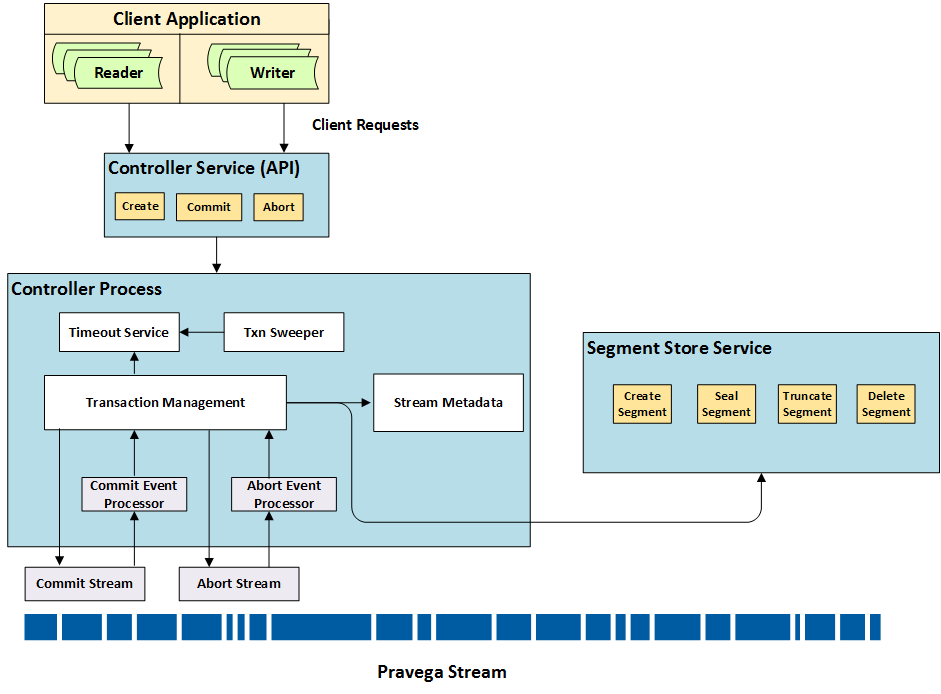

Atomicity: A transaction is a single unit of operation.ACID in DBMS stands for Atomicity, Consistency, Isolation, and Durability. The terminated state refers to the transaction leaving the system.ĪCID Properties are used for maintaining the integrity of database during transaction processing.The transaction should be rolled back to undo the effect of its write operations on the database. If the transaction is aborted while it’s in the active state, it goes to the failed state.If the check is a fail, the transaction goes to the Failed state.If this check is a success, the transaction commits and enters into the committed state. Next, some recovery protocols need to ensure that a system failure will not result in an inability to record changes in the transaction permanently.Once the READ and WRITE operations complete, the transactions becomes partially committed state.Once a transaction states execution, it becomes active.Let’s study a state transition diagram that highlights how a transaction moves between these various states. State Transition Diagram for a Database Transaction State of transaction reaches terminated state when certain transactions which are leaving the system can’t be restarted. Moreover, all of its changes are recorded to the database permanently.Ī transaction considers failed when any one of the checks fails or if the transaction is aborted while it is in the active state. When the transaction is committed to state, it has already completed its execution successfully. During this state read or write operations can be performed.Ī transaction goes into the partially committed state after the end of a transaction. The various states of a transaction concept in DBMS are listed below: StateĪ transaction enters into an active state when the execution process begins. Concurrent execution of the same transaction, deadlock, or slow performance.Not managing concurrent access may create issues like: For example, the banking system, railway, and air reservations systems, stock market monitoring, supermarket inventory, and checkouts, etc. It is used by many users and processes concurrently.

Why do you need concurrency in Transactions?Ī database is a shared resource accessed.

Transaction management update#
If the database operations do not update the database but only retrieve data, this type of transaction is called a read-only transaction.The transaction concept in DBMS is executed as a single unit.A transaction is a program unit whose execution may or may not change the contents of a database.Why do you need concurrency in Transactions?.Only once the database is committed the state is changed from one consistent state to another. During the transaction the database is inconsistent.

In a nutshell, database transactions represent real-world events of any enterprise.Īll types of database access operation which are held between the beginning and end transaction statements are considered as a single logical transaction in DBMS. A Database Transaction is a logical unit of processing in a DBMS which entails one or more database access operation.


 0 kommentar(er)
0 kommentar(er)
